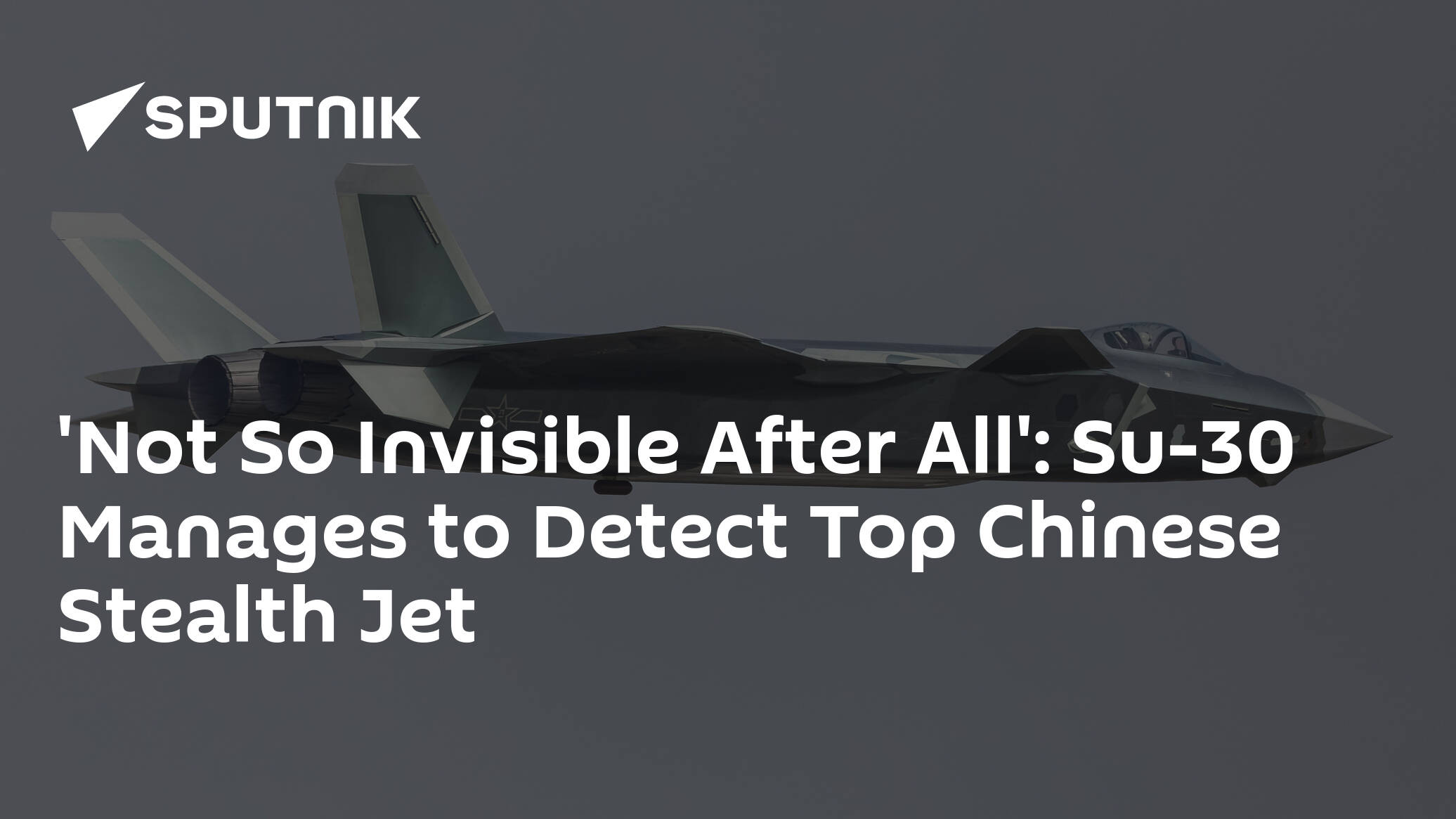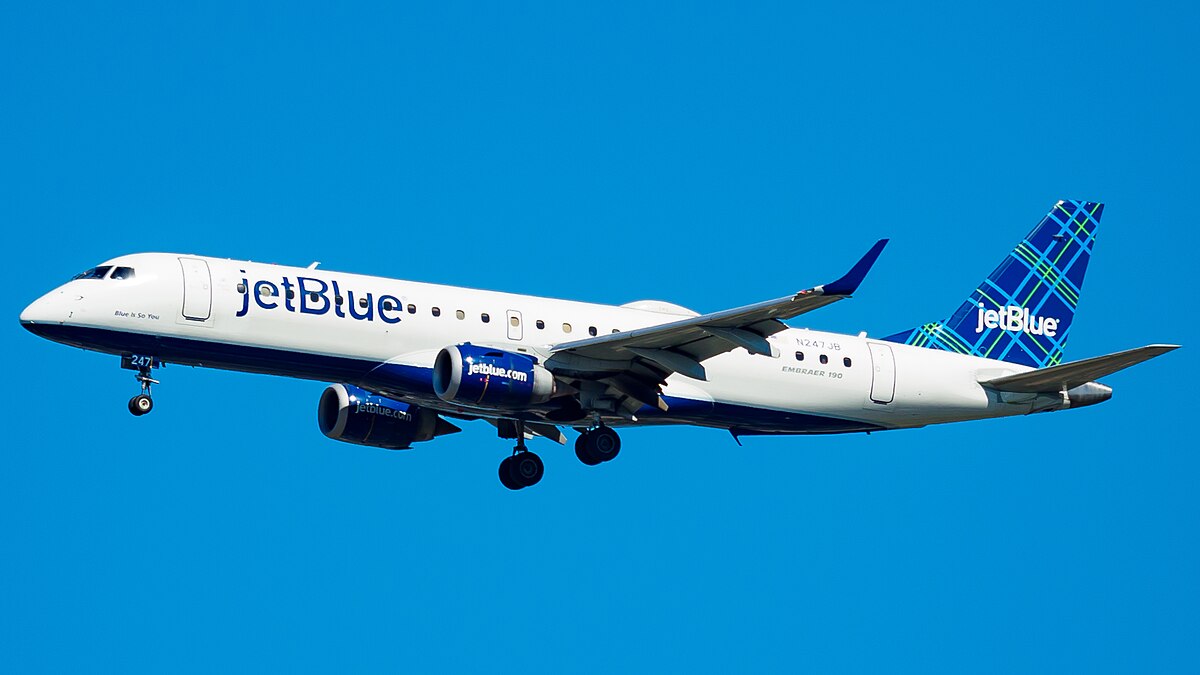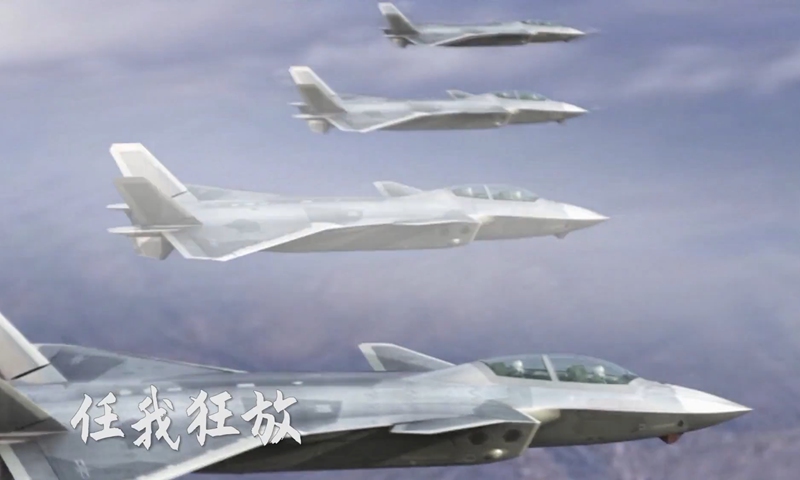China’s J-20 fighter aircraft will stop using Russian engine
SOURCE : defenceview.in
 Chinese social media have been talking about replacing the engine currently installed on the new generation of J-20 fighters for several days. will replace it with a modernized motor of its own production.
Chinese social media have been talking about replacing the engine currently installed on the new generation of J-20 fighters for several days. will replace it with a modernized motor of its own production.
“The Chinese WS-10C engine, a modified version of the WS-10 engine, is not inferior to the Russian AL-31F engine.” This was reported to the South China Morning Post by a source in the Chinese military circles.
“China cannot rely on a Russian engine because Russia has asked China to buy more Su-35 fighters in exchange for deals with AL-31F engines,” an insider said.
In his opinion: “With the exception of the advantage of a longer combat range, the Su-35 (and its components – radar, navigation system and other electronics) is inferior to Chinese aircraft such as the J-16 strike fighter.”
China became the first foreign buyer of the Su-35 aircraft. The PLA spent $ 2.5 billion on the purchase of 24 Sukhoi Su-35 heavy single-seat multi-role fighters, the final batch of which was delivered at the end of 2018.
WS-10 engine used in the Chinese J-10 and J-11 fighters
Online photos posted online indicate China has produced a new batch of second-generation J-20 prototypes for flight testing, according to a report posted on the War Industry Black Technology WeChat account by Shenzhen-based Quantum Defense Cloud, a military company.
A military insider confirmed that the new J-20 prototype was powered by two WS-10C engines, but said the modified engine remained a temporary choice for the J-20.
“The use of the WS-10C to replace Russian engines was due to the fact that the WS-15 did not pass final evaluation in 2019,” said an insider.
“The Air Force is unhappy with the final results, requiring engine technicians to rework the engine until it meets all standards, such as the F119 engine used in the American F-22 Raptor”.
A modified version of the J-20B entered series production last June after Chengdu Aerospace Corporation (CAC), the developer of the J-20, opened its fourth production line in 2019. Each line can produce one J -20 per month.
Russian AL-31F engine and Chinese WS-10C engine
But these production J-20s will continue to be powered by Russian engines because, according to an insider, the WS-10C will take at least a year to test.
At the beginning of its deployment to the Chinese Air Force in 2017, the J-20 used the WS-10B, a variant of the WS-10, as an intermediate engine. The WS-10B is a modified version of the WS-10 Taihang engine that was developed for the fourth generation J-10 and J-11 fighters.
Chinese engineers have been developing WS-15 high-thrust turbofan engines for the J-20 since 2006, but this work has stalled for now. Among the problems is an engine explosion during ground tests in 2015.
The explosion showed that the WS-15 is unreliable, and there is still no fundamental solution to overcome this problem … which is why the J-20 now uses WS-10B engines.
One of the main reasons for the explosion was inadequate quality control of monocrystalline turbine blades, a key component for such a powerful turbofan engine. In fact, most likely the point is not controlled, but the inability to work with such technologies.
Chinese specialists can produce ultra-modern quality single crystal turbine blades, focusing on one specific element. But they still have not managed to turn advanced technology into a standard product for mass production. This is a bottleneck that takes more time to overcome after countless experiments and tests.

 en.wikipedia.org
en.wikipedia.org








